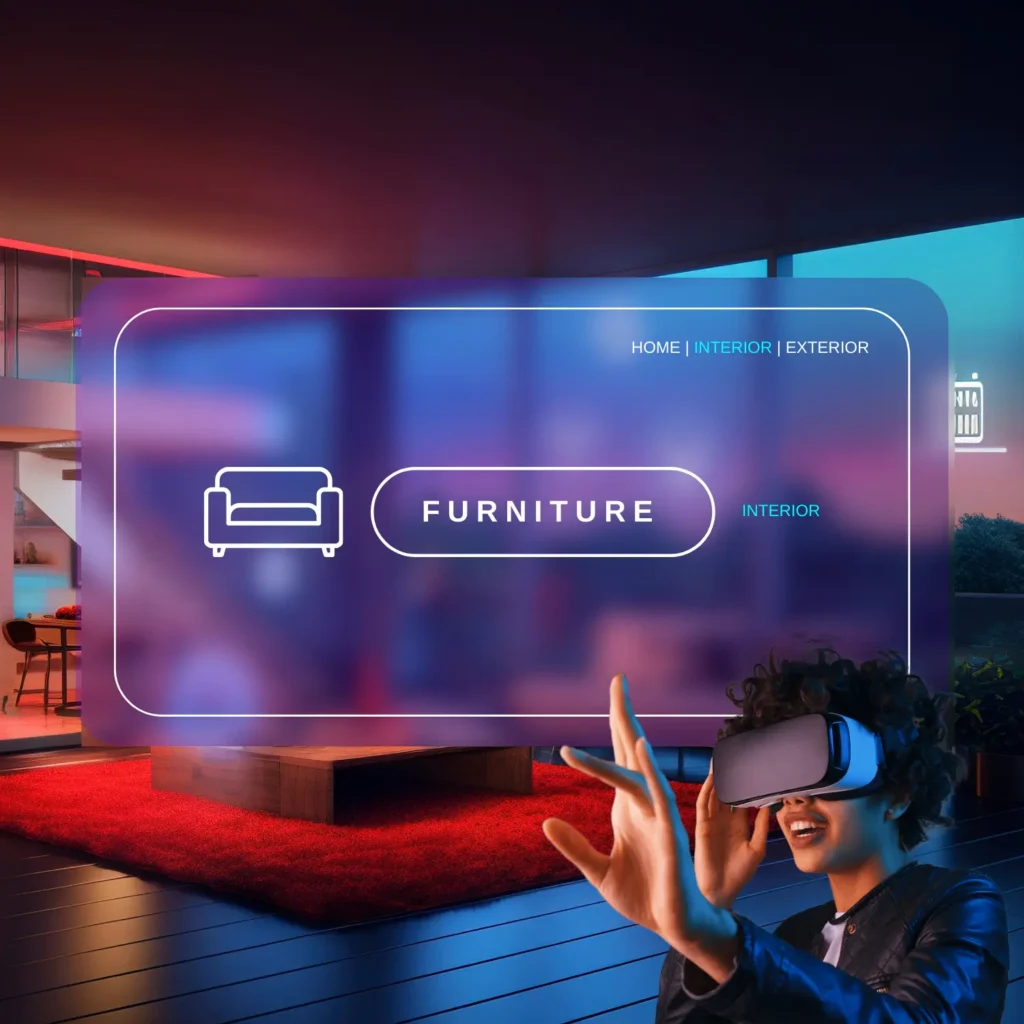Core idea of this paper:
To gain a thorough perception of the acceptance level of augmented platforms in home lifestyle industry
To analyze the scope of augmented platforms in home lifestyle industry
To conduct in-depth interviews with professionals and leading brands in the architecture and interior design segment

The challenge
As home interior trends continue to evolve, brands face the challenge of meeting diverse customer expectations while maintaining efficiency in the design and furnishing process. The demand for personalized, functional solutions requires a strategic approach to address varied preferences and priorities, such as modular kitchens or tailored living spaces. Balancing this customization with scalability, all while ensuring a seamless experience across planning tools, live consultations, and product personalization, remains a critical challenge for the industry.
Views on AI Driven Platform
AI-driven sales augmentation platforms are increasingly viewed as valuable tools to streamline sales processes and enhance customer engagement. By minimizing the time professionals spend gathering background information, these platforms enable them to focus on delivering tailored solutions to prospects. A single platform that consolidates business activities, offers a varied catalogue, and provides interactive visualizers for personalized results can significantly enhance user experience. Customers, particularly in the home lifestyle industry, are inclined toward platforms that simplify their journey by offering customization options and serving multiple needs in one place.
Customers are expected to shop using AR either online or in-store next year
Home lifestyle customers prefer a single platform for all activities.
Predictions
By the end of the year 2021 , market for AR and VR is expected to reach a profound market of $215 billion. Following this, the AR and VR industry is set to grow at an unprecedented rate of 65% by the end of the year 2027. These rising figures point towards the possibility of not just technology growing, but also the industries incorporating them. Professionals and brand experts consider this a major spot not only to save time and energy, but also aid to a great extent in helping customers visualize their ideas at a much more comprehensive level.

